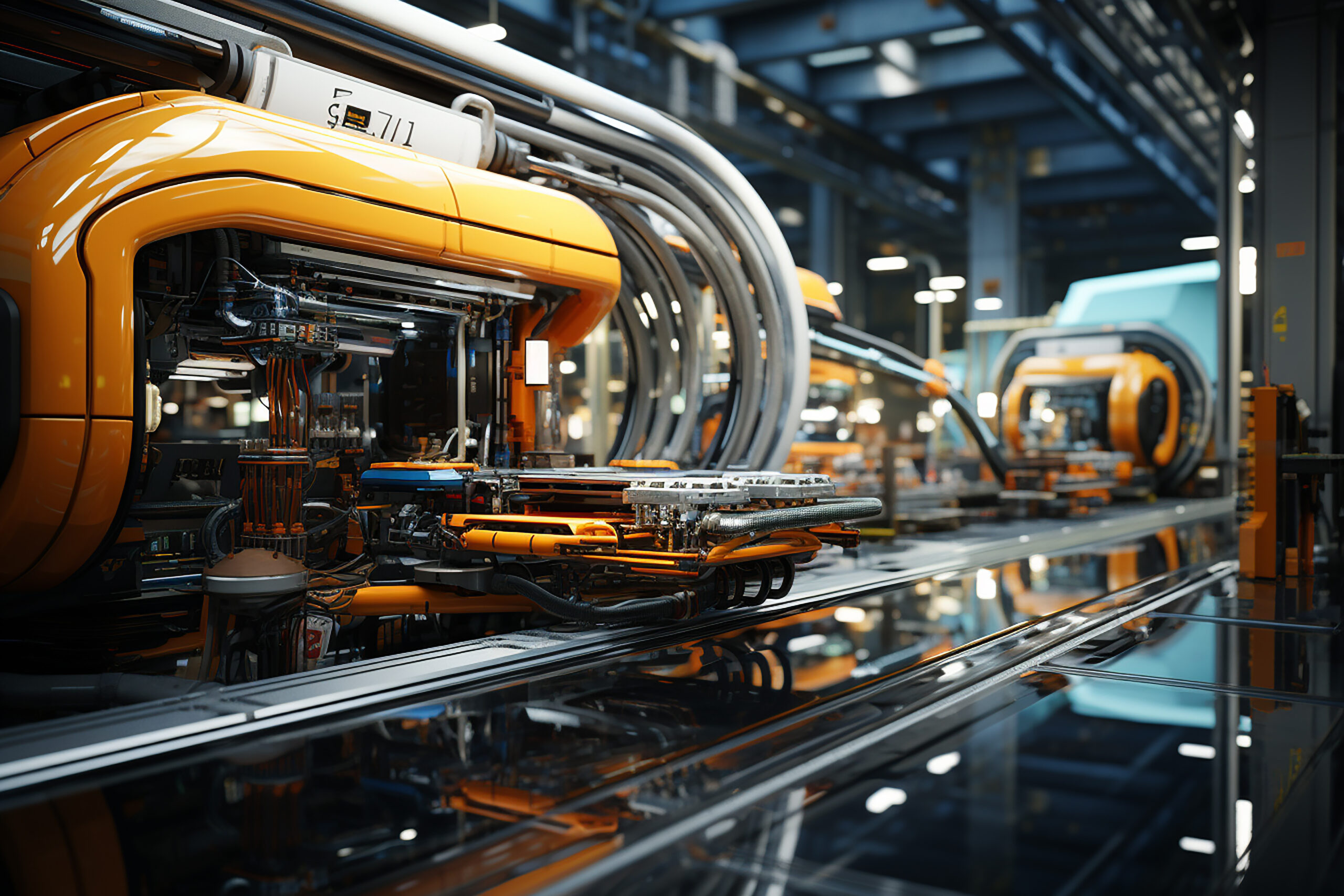Earthing Systems Maintenance : Best Practices for Long Term Reliability
Power Play – Mastering Electrical Reliability
Earthing Systems
Earthing systems are an essential component of electrical installations, designed to protect people and equipment from electric shock and to ensure reliable and safe operation. An earthing system provides a low-resistance path for fault currents to flow to the earth, preventing dangerous levels of electrical energy from building up in the system.
Despite their critical role, earthing systems are often neglected when it comes to maintenance. Over time, these systems can deteriorate due to a range of factors, including environmental conditions, mechanical stress, and corrosion. Failure to maintain an earthing system can lead to increased risks of electrical shock, equipment damage, and even fire.
Regular maintenance is therefore essential to ensure the long-term reliability and safety of an earthing system. By identifying and addressing potential issues before they become major problems, maintenance can prevent downtime, reduce repair costs, and protect people and equipment from harm. In this blog post, we will explore the best practices for earthing system maintenance to ensure the ongoing safety and reliability of electrical installations.
Types of Earthing Systems
There are several types of earthing systems used in electrical installations with numerous characteristics and requirements for maintenance.
TN-C-S system
This type of earthing system is also known as a combined neutral and protective conductor. It uses a common conductor for both neutral and protective purposes, which is connected to the earth at the source of the supply. This system is commonly used in low voltage power distribution networks and requires regular testing and inspection to ensure the integrity of the protective conductor.
TN-S system
In this system, the neutral and protective conductors are separated, with each having its own path to the earth. The TN-S system is commonly used in high voltage power distribution networks and requires regular inspection and testing of both conductors.
TT system
This system uses a separate grounding electrode at each point of use, with no connection between the earth and the neutral conductor. The TT system is commonly used in situations where high reliability and low fault currents are required, such as in medical facilities and data centers.
IT system
In this system, there is no direct connection between the power supply and the earth. Instead, the system is grounded through a high impedance, which limits fault currents to very low levels. The IT system is commonly used in situations where continuous operation is critical, such as in industrial processes and medical equipment.
Each of these earthing systems has specific requirements for maintenance and testing, and it is important to understand the specific needs of each system to ensure its ongoing reliability and safety.
Earthing systems are vulnerable to a range of potential problems that can cause system failures.
Causes Of Earthing System Failure
Corrosion of electrodes
Earthing electrodes are often exposed to harsh environmental conditions, including moisture, salt, and chemical agents. Over time, this can cause corrosion, which reduces the effectiveness of the earthing system and can even cause complete failure.
Damage to conductors
Earthing conductors can be damaged due to mechanical stress, environmental factors, and human error. Damage to conductors can result in increased resistance, which reduces the effectiveness of the earthing system and increases the risk of electrical shock.
Poor connections
Earthing connections are critical to the effectiveness of the system, and any defects or loose connections can cause significant problems. Poor connections can lead to increased resistance, overheating, and even complete failure of the earthing system.
Lightning strikes
Lightning strikes can cause significant damage to the earthing systems, including the destruction of electrodes, conductors, and other components. Lightning protection measures, such as surge protectors and lightning rods, are critical to protecting earthing systems from damage.
Regular maintenance, including testing and inspection, can help identify these potential problems before they become major issues and help ensure the ongoing reliability and safety of earthing systems.
Manav Energy is a leading provider of electrical engineering and consulting services, with extensive experience in earthing system audit, design, design validation, study, survey, maintenance, installation, and root cause analysis (RCA).
The team of qualified engineers are certified in providing electrical safety and reliability, ensuring that your earthing system is efficient. They use advanced testing and analytical equipment to identify potential problems and provide customized solutions tailored to meet the specific needs of your facility or project. In addition, Manav Energy has a proven track record of successfully completing earthing system protection projects for a range of industries, including power plants, refineries, and manufacturing facilities.



